
Smith Point: The Jewel of Christmas Island
Discover Smith Point on Christmas Island: a haven of natural beauty, rich marine life, and breathtaking views. Perfect for nature enthusiasts, photographers, and adventurers.
Smith Point, located on the northeastern tip of Christmas Island, is a treasure trove of natural beauty and unique experiences. This stunning destination offers panoramic views of the Indian Ocean, making it a perfect spot for photography enthusiasts and nature lovers alike. The point is renowned for its dramatic cliffs and crystal-clear waters, which create a mesmerizing landscape that is sure to captivate anyone who visits. One of the highlights of Smith Point is its rich marine life. The waters surrounding the point are home to a variety of colorful corals, tropical fish, and even the occasional dolphin or turtle. Snorkeling and diving here provide an unparalleled underwater adventure, allowing visitors to explore the vibrant ecosystems that thrive beneath the surface. Smith Point is also an excellent location for bird watching. The island is a haven for numerous bird species, many of which can be spotted soaring above the cliffs or nesting in the nearby vegetation. The serene environment and breathtaking vistas make it a perfect place to unwind and connect with nature. Whether you're looking to relax, explore, or simply soak in the stunning scenery, Smith Point on Christmas Island is a must-visit destination.
Local tips in Smith Point
- Best time to visit is during the dry season, from April to November, for clear skies and calm waters.
- Pack reef-safe sunscreen to protect the delicate marine ecosystems while snorkeling or diving.
- Bring binoculars for bird watching as the area is home to many unique bird species.
- Wear sturdy shoes if planning to hike along the cliffs for better traction and safety.
- Check local guidelines for snorkeling and diving to ensure a safe and enjoyable experience.
Smith Point: The Jewel of Christmas Island
Smith Point, located on the northeastern tip of Christmas Island, is a treasure trove of natural beauty and unique experiences. This stunning destination offers panoramic views of the Indian Ocean, making it a perfect spot for photography enthusiasts and nature lovers alike. The point is renowned for its dramatic cliffs and crystal-clear waters, which create a mesmerizing landscape that is sure to captivate anyone who visits. One of the highlights of Smith Point is its rich marine life. The waters surrounding the point are home to a variety of colorful corals, tropical fish, and even the occasional dolphin or turtle. Snorkeling and diving here provide an unparalleled underwater adventure, allowing visitors to explore the vibrant ecosystems that thrive beneath the surface. Smith Point is also an excellent location for bird watching. The island is a haven for numerous bird species, many of which can be spotted soaring above the cliffs or nesting in the nearby vegetation. The serene environment and breathtaking vistas make it a perfect place to unwind and connect with nature. Whether you're looking to relax, explore, or simply soak in the stunning scenery, Smith Point on Christmas Island is a must-visit destination.
When is the best time to go to Smith Point?
Iconic landmarks you can’t miss
Christmas Island National Park
Explore the stunning landscapes and unique wildlife of Christmas Island National Park, a hidden gem in the Indian Ocean for nature enthusiasts.
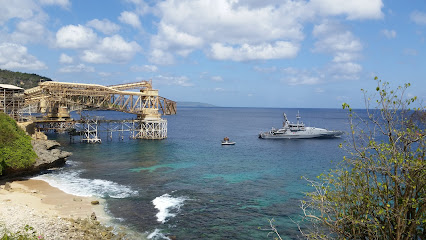
Christmas Island Visitor Centre
Experience the enchanting biodiversity and cultural richness of Christmas Island at the Visitor Centre, your perfect starting point for an unforgettable adventure.
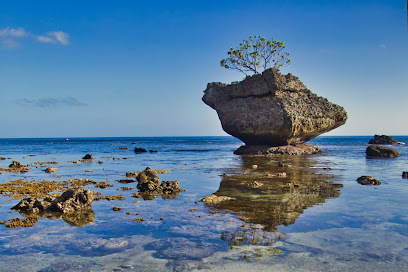
The Golden Bosun
Experience the vibrant atmosphere and tropical charm at The Golden Bosun, a must-visit bar on Christmas Island for refreshing drinks and social gatherings.
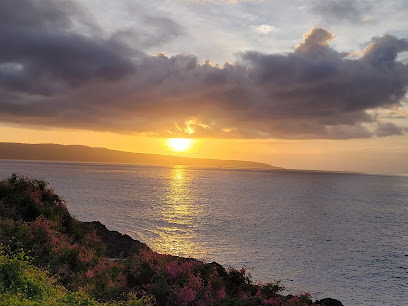
Dolly Beach
Discover the pristine beauty of Dolly Beach on Christmas Island, where turquoise waters meet lush landscapes for an unforgettable tropical getaway.
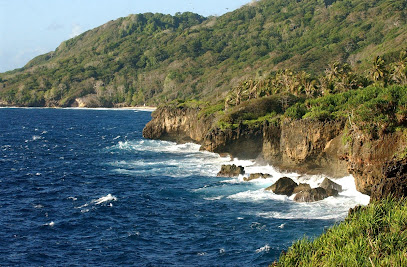
Lily Beach
Explore Lily Beach, a stunning tropical paradise on Christmas Island, perfect for snorkeling, diving, and unwinding in nature's embrace.
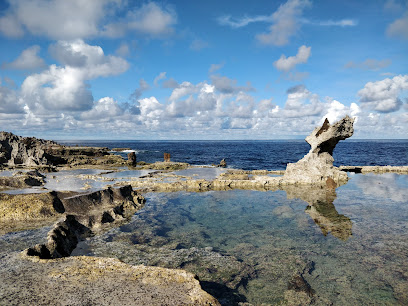
Ethel Beach
Discover Ethel Beach, a stunning oasis on Christmas Island, known for its crystal-clear waters, pristine sands, and breathtaking natural beauty.
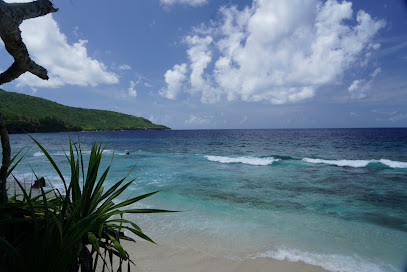
Swell Lodge
Discover a tranquil retreat at Swell Lodge on Christmas Island, where breathtaking nature meets comfort and adventure awaits at every turn.
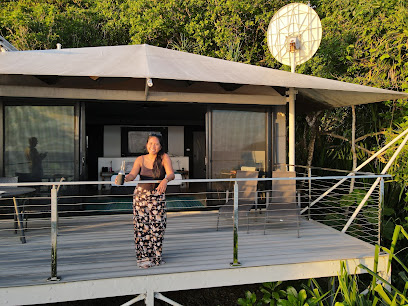
The Blowholes
Experience the awe-inspiring natural beauty of The Blowholes on Christmas Island, where the ocean's might creates spectacular water spouts against a stunning backdrop.

Greta Beach
Experience the serene beauty of Greta Beach on Christmas Island, where golden sands meet crystal-clear waters for the ultimate tropical escape.
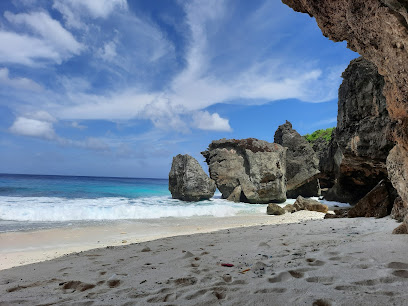
Christmas Island Wet 'n' Dry Adventures
Discover the underwater paradise at Christmas Island Wet 'n' Dry Adventures, where thrilling diving experiences meet breathtaking marine beauty.
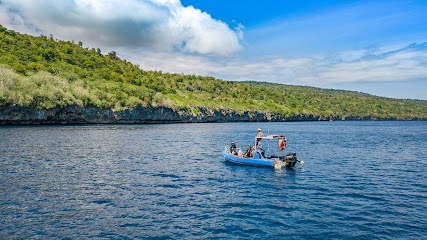
Margaret Knoll Lookout
Explore Margaret Knoll Lookout for stunning views and serene nature, the perfect destination for relaxation and adventure on Christmas Island.
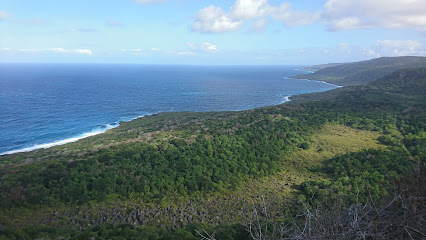
Ma Chor Nui Nui Temple
Experience the serene beauty and rich cultural heritage at Ma Chor Nui Nui Temple, a tranquil oasis in the heart of Christmas Island.
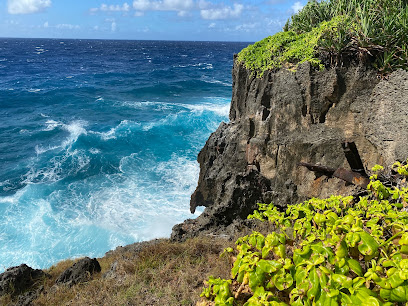
The Dales
Explore the stunning landscapes and rich biodiversity of The Dales, a must-visit tourist attraction on Christmas Island.
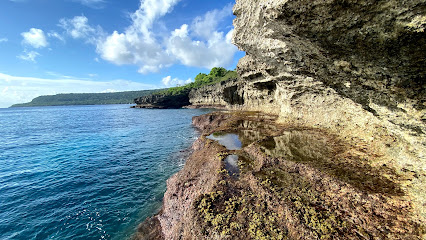
Extra Divers Australia
Discover the underwater wonders of Christmas Island with Extra Divers Australia, where every dive reveals a vibrant marine paradise.
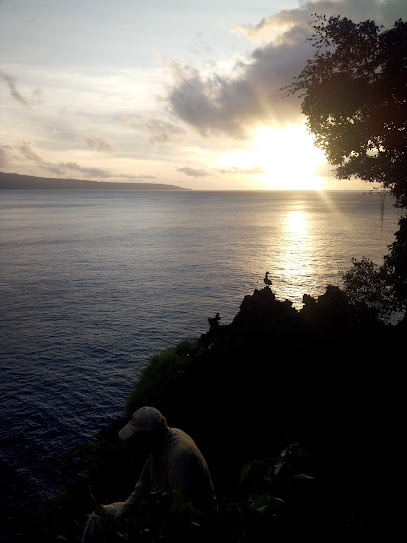
West White Beach
Experience the breathtaking beauty and tranquility of West White Beach on Christmas Island, a true paradise for nature lovers and adventure seekers.
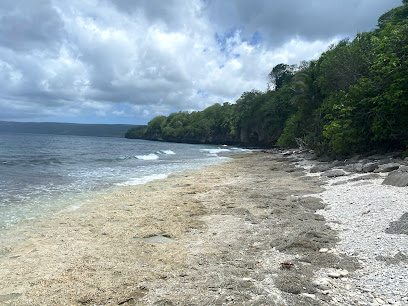
Unmissable attractions to see
Christmas Island National Park
Explore the breathtaking landscapes and unique wildlife of Christmas Island National Park, a tropical paradise in the Indian Ocean.
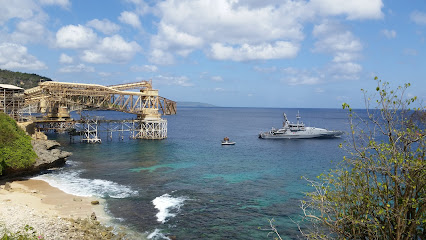
Dolly Beach
Discover the pristine beauty of Dolly Beach on Christmas Island, where turquoise waters meet lush landscapes, perfect for adventure and relaxation.
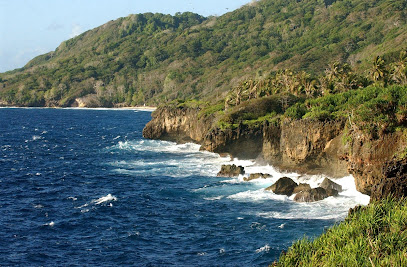
Lily Beach
Experience the tropical charm of Lily Beach in Christmas Island, a perfect destination for relaxation, snorkeling, and stunning views of nature.
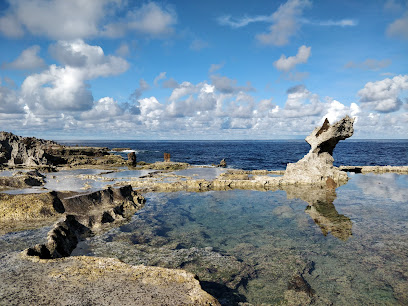
Greta Beach
Experience the serene beauty of Greta Beach on Christmas Island, where golden sands meet turquoise waters in a tropical paradise.
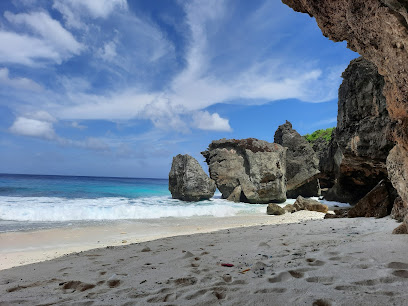
Ma Chor Nui Nui Temple
Discover the spiritual serenity of Ma Chor Nui Nui Temple, a Taoist and Buddhist sanctuary nestled in the lush landscapes of Christmas Island.
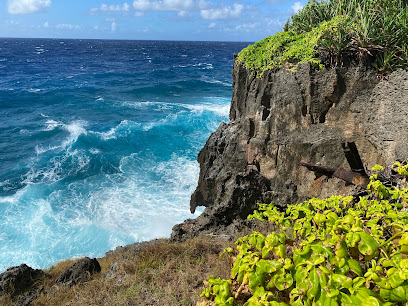
West White Beach
Experience the tranquility of West White Beach, a hidden gem on Christmas Island with stunning sandy shores and vibrant marine life.
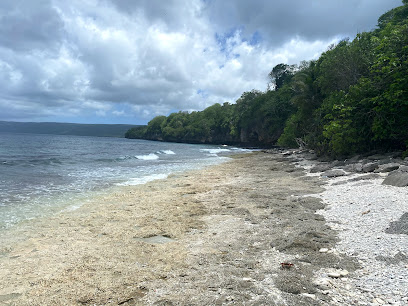
Martin Point
Experience the serene beauty and unique wildlife at Martin Point on Christmas Island, a tranquil escape for nature lovers and adventurers.
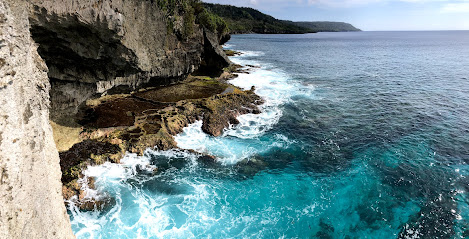
South Point Settlement Remains
Explore the captivating South Point Settlement Remains on Christmas Island, where history meets stunning natural beauty in a serene setting.
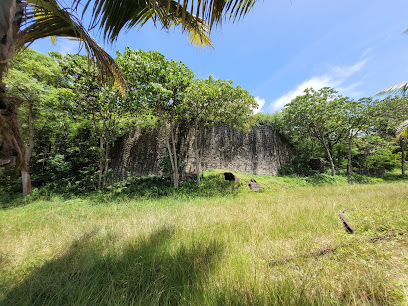
Hughs Dale Waterfall
Explore the breathtaking Hughs Dale Waterfall on Christmas Island, a hidden gem surrounded by lush forests and vibrant wildlife, perfect for nature lovers.
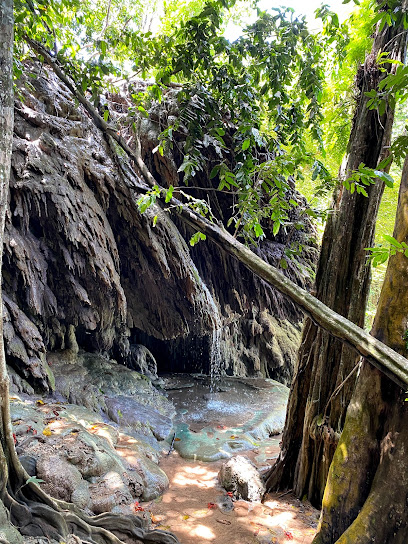
West White Beach Trailhead
Experience the beauty of Christmas Island at West White Beach Trailhead, where pristine landscapes and serene beaches await every adventurer.
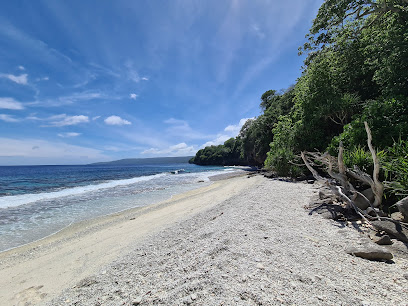
Golf Course Lookout
Explore the breathtaking vistas of Golf Course Lookout on Christmas Island, where nature's beauty meets tranquil serenity.
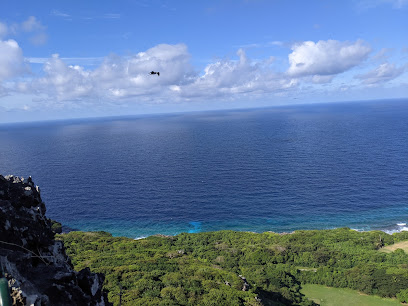
Anderson Dale
Discover the breathtaking landscapes and unique wildlife of Anderson Dale on Christmas Island, a natural paradise for all nature enthusiasts.
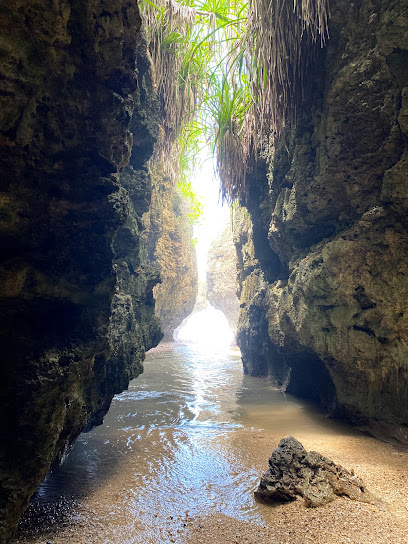
Essential places to dine
Christmas Island Visitor Centre
Explore Christmas Island's rich biodiversity at the Visitor Centre - your gateway to adventure in this remote Australian paradise.
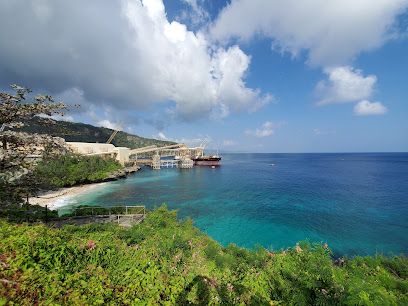
The Golden Bosun
Experience stunning ocean views and refreshing drinks at The Golden Bosun, the perfect bar retreat on Christmas Island.
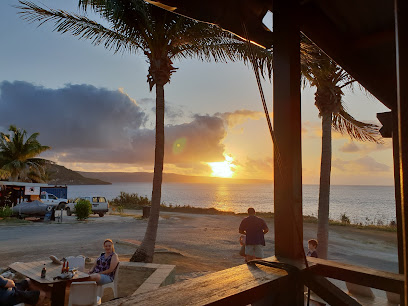
Lily Beach
Experience the pristine beauty of Lily Beach on Christmas Island – a tropical paradise perfect for snorkeling and relaxation amidst nature's wonders.
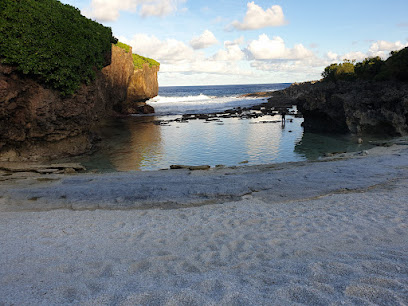
Dolly Beach
Discover the pristine beauty of Dolly Beach on Christmas Island – a hidden gem perfect for relaxation and adventure amidst stunning natural landscapes.
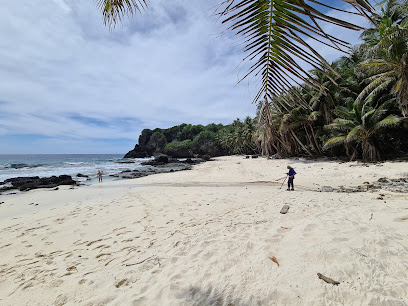
Le CLA Café and Restaurant
Discover Le CLA Café and Restaurant for an exquisite taste of authentic Chinese flavors amidst the natural beauty of Christmas Island.
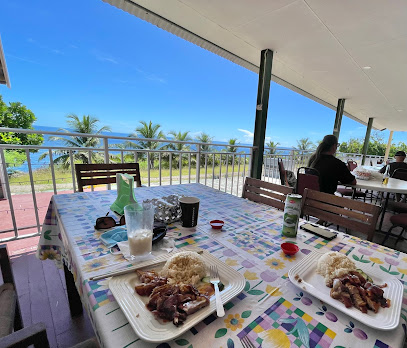
Ethel Beach
Discover Ethel Beach: A serene escape with pristine sands and vibrant marine life on Christmas Island.
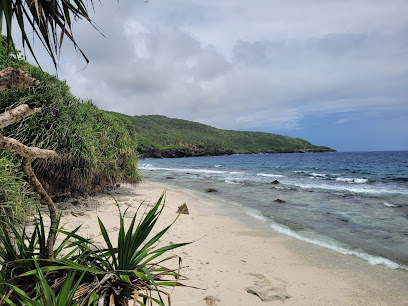
Swell Lodge
Experience unparalleled serenity at Swell Lodge on Christmas Island, where stunning nature meets cozy accommodations for a perfect getaway.

The Blowholes
Discover the awe-inspiring Blowholes of Christmas Island – where nature's power meets breathtaking beauty amidst lush landscapes.
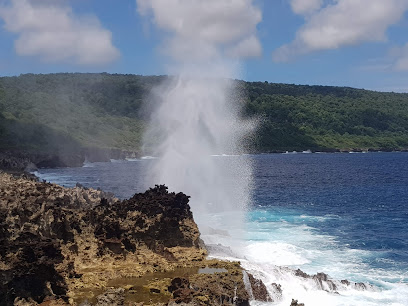
Idah Kitchen
Discover the flavors of Christmas Island at Idah Kitchen - where local ingredients meet international cuisine in a vibrant setting.
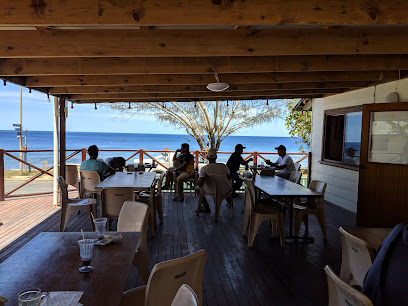
Tracks Tavern
Discover Tracks Tavern in Christmas Island: A charming grill offering delicious food and warm hospitality amidst stunning island scenery.
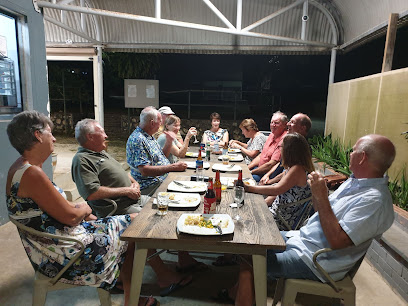
VQ3 Lodge
Experience comfort and adventure at VQ3 Lodge on Christmas Island – your perfect retreat amidst nature's wonders.

The Dales
Explore The Dales: A Natural Wonderland on Christmas Island with Stunning Landscapes and Unique Wildlife Experiences.
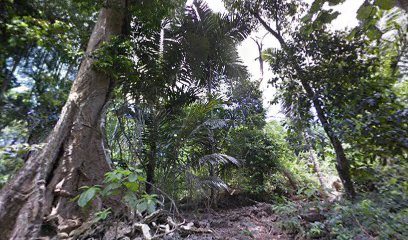
Flying Fish Café
Experience tropical flavors at Flying Fish Café, where fresh seafood meets stunning views on Christmas Island.
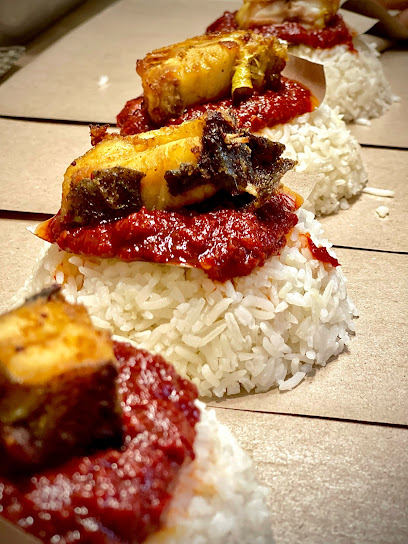
Martin Point
Explore Martin Point: A Stunning Viewpoint on Christmas Island Offering Breathtaking Ocean Views and Rich Wildlife Experiences.
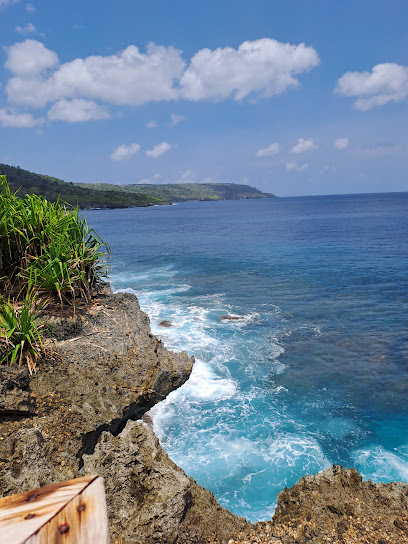
Poon Saan Coffee Shop
Experience cozy vibes and delicious local cuisine at Poon Saan Coffee Shop on beautiful Christmas Island.
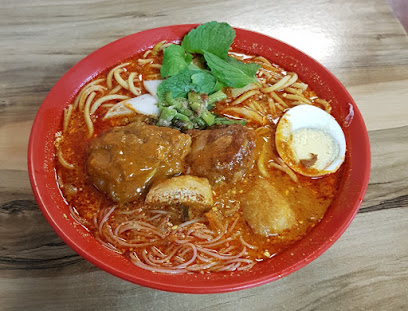
Markets, malls and hidden boutiques
Christmas Island National Park
Explore the captivating landscapes and diverse wildlife of Christmas Island National Park, a hidden gem in the heart of the Indian Ocean.
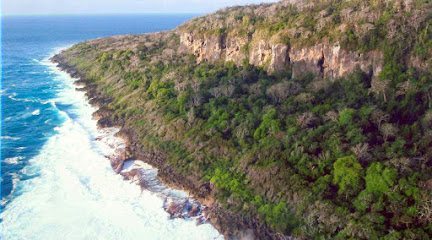
Christmas Island Visitor Centre
Explore the enchanting beauty of Christmas Island at the Visitor Centre, your gateway to adventure and discovery in this tropical paradise.
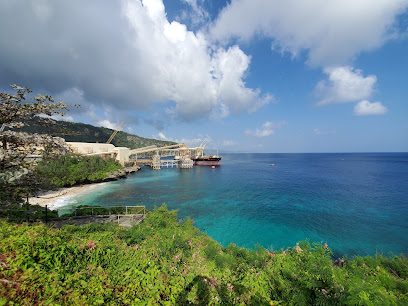
Dolly Beach
Explore the untouched beauty of Dolly Beach, a tropical escape on Christmas Island, where pristine sands meet vibrant marine life.
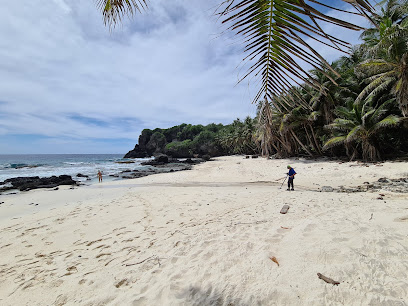
Ethel Beach
Discover Ethel Beach on Christmas Island, where stunning natural beauty meets vibrant marine life in a serene tropical paradise.
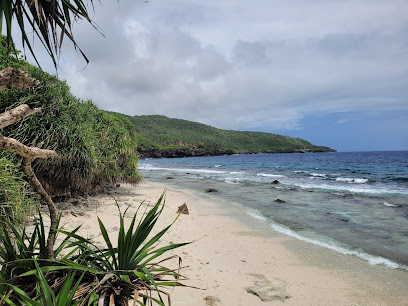
Swell Lodge
Discover the serene beauty of Swell Lodge on Christmas Island, a perfect blend of adventure, comfort, and stunning nature.
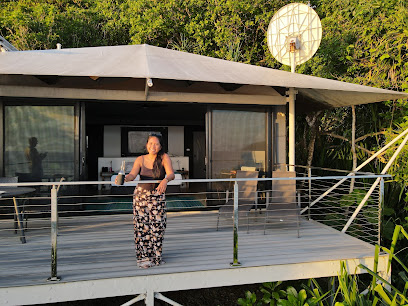
Greta Beach
Experience the tranquil allure of Greta Beach on Christmas Island, where pristine sands meet crystal-clear waters and vibrant marine life awaits.

Christmas Island Wet 'n' Dry Adventures
Experience the underwater wonders of Christmas Island with Wet 'n' Dry Adventures - your gateway to unforgettable diving and eco-tours.
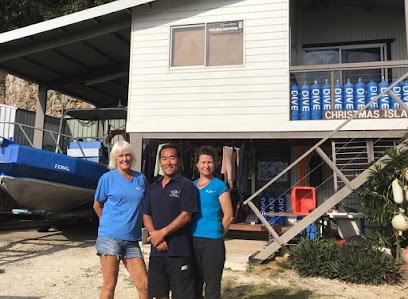
Ma Chor Nui Nui Temple
Experience the serene beauty and spiritual tranquility of Ma Chor Nui Nui Temple on Christmas Island, where culture and nature beautifully intertwine.
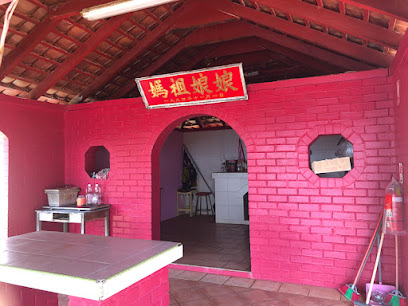
Extra Divers Australia
Experience the breathtaking underwater beauty of Christmas Island with Extra Divers Australia, your gateway to unforgettable diving adventures.
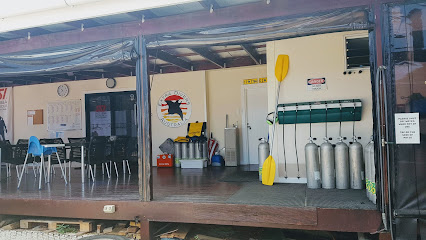
Christmas Island Supermarket
Explore the unique flavors and local goods at Christmas Island Supermarket, your essential stop for groceries and island specialties.
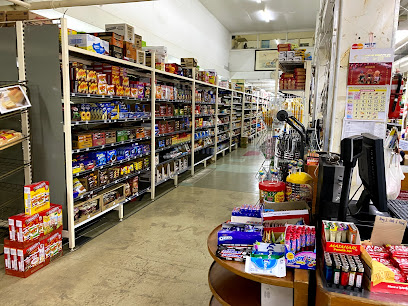
West White Beach Trailhead
Discover the breathtaking beauty of West White Beach Trailhead, a premier hiking destination on Christmas Island, rich in wildlife and stunning views.
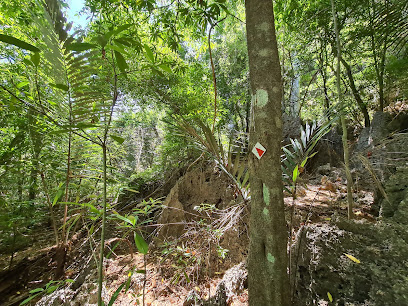
Red Crab Surf
Discover the essence of surfing at Red Crab Surf, a must-visit clothing store on Christmas Island offering quality gear and a vibrant beach culture.
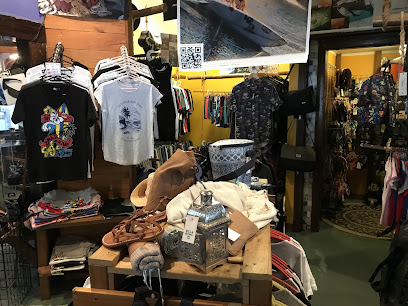
Golf Course Lookout
Discover stunning vistas and serene beauty at Golf Course Lookout on Christmas Island, a must-visit for nature lovers and photographers alike.
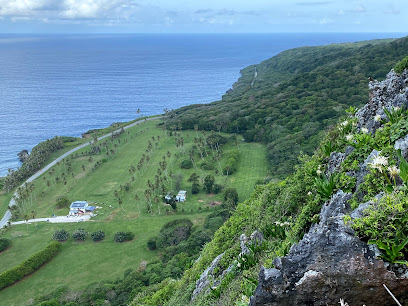
Anderson Dale
Discover the breathtaking landscapes and unique biodiversity of Anderson Dale on Christmas Island, a must-visit tourist attraction for nature enthusiasts.
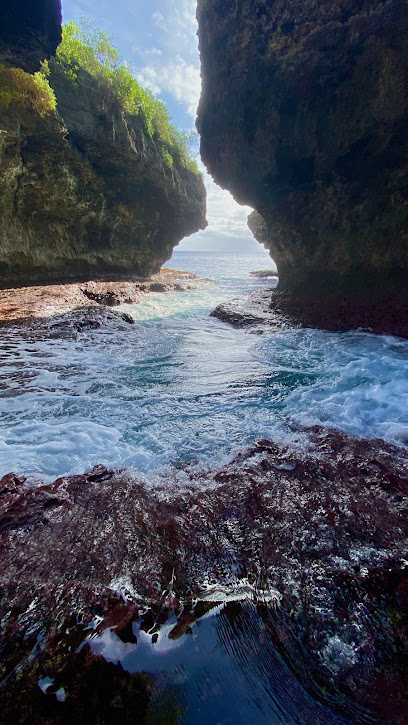
Op Shop
Explore the Op Shop on Christmas Island for unique finds and support local initiatives while hunting for vintage treasures.
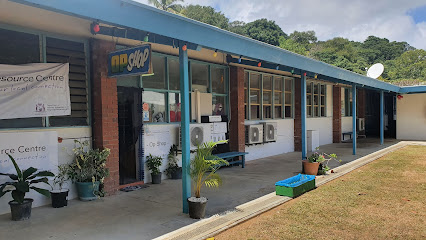
Essential bars & hidden hideouts
The Golden Bosun
Discover The Golden Bosun, a vibrant bar on Christmas Island offering stunning views, a relaxed atmosphere, and an array of local beverages for perfect island evenings.

Dolly Beach
Discover the serene beauty of Dolly Beach, a tropical paradise on Christmas Island, perfect for relaxation, snorkeling, and stunning sunsets.
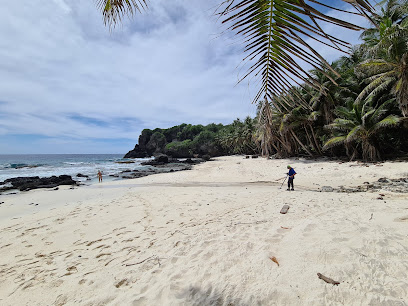
Lily Beach
Explore Lily Beach: A tranquil paradise on Christmas Island, where serene waters and lush landscapes await your discovery.
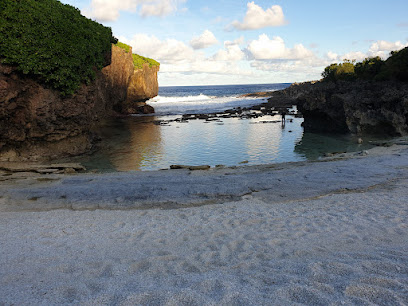
Le CLA Café and Restaurant
Experience authentic Chinese cuisine in the idyllic setting of Flying Fish Cove, Christmas Island, at Le CLA Café and Restaurant.

Smash Espresso Bar
Discover the best coffee and hearty breakfast options at Smash Espresso Bar, a beloved cafe on Christmas Island that delights every visitor.
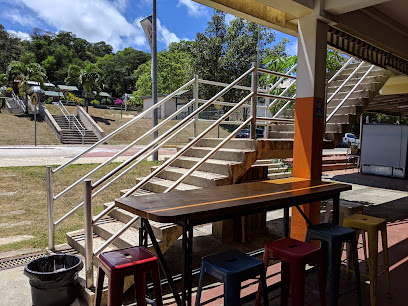
Ethel Beach
Discover the unspoiled beauty of Ethel Beach, a serene paradise on Christmas Island, perfect for swimming, snorkeling, and relaxation.

The Sunset
Discover unparalleled beauty and tranquility at The Sunset, a premier hotel on Christmas Island offering breathtaking ocean views and easy access to nature.

Greta Beach
Experience the breathtaking beauty of Greta Beach on Christmas Island, where pristine sands meet vibrant marine life in a tranquil paradise.
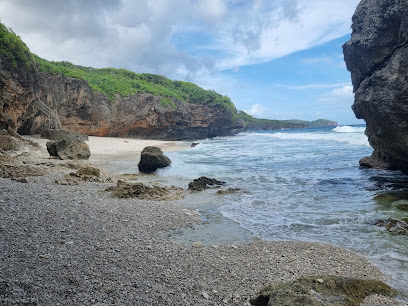
Idah Kitchen
Discover the flavors of Christmas Island at Idah Kitchen, a culinary gem serving locally inspired dishes in a tropical setting.

Tracks Tavern
Savor the flavors of Christmas Island at Tracks Tavern, a vibrant grill and bar offering delicious dishes and refreshing drinks amidst stunning scenery.
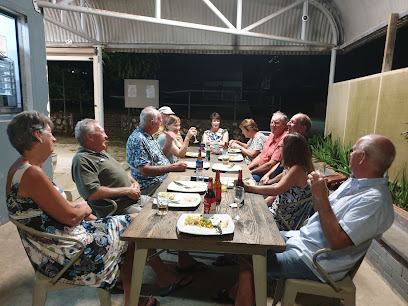
Poon Saan Coffee Shop
Discover the charm of Poon Saan Coffee Shop on Christmas Island, where local flavors meet stunning natural beauty.
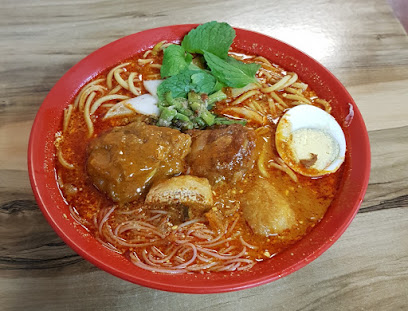
Rumah Tinggi
Discover the lively spirit and local flavors at Rumah Tinggi, the heart of nightlife on Christmas Island.

Local Phrases about Smith Point
-
- HelloSelamat datang
[suh-lah-mat dah-tang] - GoodbyeSelamat tinggal
[suh-lah-mat ting-gal] - YesYa
[yah] - NoTidak
[tee-dak] - Please/You're welcomeSilakan
[see-lah-kan] - Thank youTerima kasih
[teh-ree-mah kah-see] - Excuse me/SorryMaaf
[mah-ahf] - How are you?Apa kabar?
[ah-pah kah-bar] - Fine. And you?Baik. Dan kamu?
[bah-ik. dahn kah-moo] - Do you speak English?Bisa bicara bahasa Inggris?
[bee-sah bee-chah-rah bah-hah-sah ing-grees] - I don't understandSaya tidak mengerti
[sah-yah tee-dak meng-er-tee]
- HelloSelamat datang
-
- I'd like to see the menu, pleaseSaya ingin melihat menu, silakan
[sah-yah in-geen me-lee-hat meh-noo, see-lah-kan] - I don't eat meatSaya tidak makan daging
[sah-yah tee-dak mah-kan dah-yang] - Cheers!Selamat minum!
[suh-lah-mat mee-noom] - I would like to pay, pleaseSaya ingin membayar, silakan
[sah-yah in-geen mem-bah-yar, see-lah-kan]
- I'd like to see the menu, pleaseSaya ingin melihat menu, silakan
-
- Help!Tolong!
[toh-long] - Go away!Pergi!
[per-gee] - Call the Police!Panggil polisi!
[pahng-geel poh-lee-see] - Call a doctor!Panggil dokter!
[pahng-geel dawk-ter] - I'm lostSaya tersesat
[sah-yah tuhr-suh-saht] - I'm illSaya sakit
[sah-yah sah-kit]
- Help!Tolong!
-
- I'd like to buy...Saya ingin membeli...
[sah-yah in-geen mem-bel-ee] - I'm just lookingSaya hanya melihat-lihat
[sah-yah hun-yah me-lee-hat lee-hat] - How much is it?Berapa harganya?
[buh-rah-pah har-gah-nyah] - That's too expensiveItu terlalu mahal
[ee-too tehr-lah-loo mah-hal] - Can you lower the price?Bisakah harga diturunkan?
[bee-sah-kah har-gah dee-too-roon-kahn]
- I'd like to buy...Saya ingin membeli...
-
- What time is it?Pukul berapa sekarang?
[poo-kool buh-rah-pah suh-kah-rung] - It's one o'clockSekarang pukul satu
[suh-kah-rung poo-kool sah-too] - Half past (10)Setengah (sepuluh)
[suh-tuh-ngah (suh-poo-loo)] - MorningPagi
[pah-gee] - AfternoonSore
[soh-reh] - EveningMalam
[mah-lahm] - YesterdayKemarin
[kuh-mah-reen] - TodayHari ini
[hah-ree ee-nee] - TomorrowBesok
[beh-sohk] - 1Satu
[sah-too] - 2Dua
[doo-ah] - 3Tiga
[tee-gah] - 4Empat
[em-paht] - 5Lima
[lee-mah] - 6Enam
[eh-nahm] - 7Tujuh
[too-joo] - 8Delapan
[deh-lah-pahn] - 9Sembilan
[sem-bee-lahn] - 10Sepuluh
[suh-poo-loo]
- What time is it?Pukul berapa sekarang?
-
- Where's a/the...?Dimana...
[dee-mah-nah] - What's the address?Apa alamatnya?
[ah-pah ah-lah-maht-nyah] - Can you show me (on the map)?Bisakah kamu tunjukkan (di peta)?
[bee-sah-kah kah-moo toon-jook-kahn (dee peh-tah)] - When's the next (bus)?Kapan yang berikutnya (bis)?
[kah-pahn yang buh-ree-koot-nyah (bees)] - A ticket (to ....)Satu tiket (ke ....)
[sah-too tee-keht (keh ....)]
- Where's a/the...?Dimana...
History of Smith Point
-
Smith Point, located on the northeastern tip of Christmas Island, was first inhabited by the Cocos Malay people who are believed to have settled here in the early 19th century. The area was discovered by European explorers in the late 1800s during their voyages in the Indian Ocean. The natural beauty and strategic location of Smith Point made it a notable landmark for sailors and traders navigating these waters.
-
In 1912, the Smith Point Lighthouse was constructed to aid maritime navigation and ensure the safety of ships passing near Christmas Island. The lighthouse, a significant historical monument, stands tall as a testament to the island's maritime heritage. Its light guided countless vessels through the treacherous waters, preventing shipwrecks and facilitating trade routes.
-
During World War II, Christmas Island, including Smith Point, fell under Japanese occupation from March 1942 to October 1945. The island's strategic location made it a focal point for military operations. The Japanese forces fortified Smith Point, constructing bunkers and defensive positions to protect against Allied attacks. Remnants of these fortifications can still be seen today, offering a glimpse into the island's wartime history.
-
After World War II, Smith Point saw significant developments with the resurgence of the phosphate mining industry on Christmas Island. The area became a hub for workers and their families, contributing to the local economy. Infrastructure improvements, including roads and housing, were made to support the growing population. The phosphate industry remains a vital part of the island's economy, with Smith Point playing a key role in its development.
-
Today, Smith Point is not only a historical site but also a cultural hub for the local community. It is home to various cultural festivals and events, reflecting the diverse heritage of Christmas Island's inhabitants. The area boasts stunning natural landscapes, including pristine beaches and lush forests, attracting tourists from around the world. Visitors can explore the historical landmarks, enjoy nature trails, and participate in cultural activities, making Smith Point a vibrant and essential part of Christmas Island's identity.
Smith Point Essentials
-
Smith Point in Christmas Island is accessible by air and sea. The main entry point is the Christmas Island Airport (XCH), located approximately 20 minutes from Smith Point. Flights are available from major airports in Australia, such as Perth. Additionally, occasional charter flights operate from Southeast Asia. There are also infrequent sea routes for cargo and passenger ships, though these are less commonly used.
-
Transportation within Smith Point and the broader Christmas Island is limited but manageable. Car rentals are available at the airport and in Smith Point, providing the most convenient way to explore the island. Taxis are available but can be costly. Bicycles and scooters can be rented for short distances and are an eco-friendly option. Public transport is minimal, with a few bus services operating between key locations.
-
The official currency of Christmas Island is the Australian Dollar (AUD). While credit and debit cards are widely accepted in larger establishments, smaller shops and some local markets may only take cash. ATMs are available but can be limited in number, so it's advisable to carry sufficient cash, especially when exploring remote areas.
-
Smith Point and Christmas Island are generally safe for tourists. However, it is wise to exercise standard precautions. Avoid isolated areas at night and secure your belongings. There are no specific high-crime areas targeting tourists, but always stay vigilant. The island's natural terrain can be challenging, so take care when hiking or exploring beaches.
-
In case of emergency, dial 000 for immediate assistance. The island has a small hospital located in Flying Fish Cove, approximately 15 minutes from Smith Point, which can handle medical emergencies. For minor health issues, pharmacies are available in the main town areas. It's highly recommended to have travel insurance that covers medical emergencies and evacuation.
-
Fashion: Do wear casual and comfortable clothing suited for tropical weather. Don't wear overly revealing clothing, especially in local villages. Religion: Do respect local customs and traditions. Remove your shoes before entering homes and some establishments. Public Transport: Do be courteous to drivers and other passengers. Don't eat or drink on public buses. Greetings: Do greet people with a friendly hello or a nod. Handshakes are common but not obligatory. Eating & Drinking: Do try local seafood and delicacies. Don't refuse an offer to share a meal, as it is considered impolite.
-
To experience Smith Point like a local, consider visiting the weekend markets where you can find fresh produce and local crafts. Engage with the island's residents who are often eager to share their culture and history. Don't miss the opportunity to explore the natural beauty of the area, including the famous Red Crab migration if you visit during the right season. Additionally, snorkeling and diving in the surrounding coral reefs offer a unique perspective of the island's marine life.
Trending Landmarks in Smith Point
Nearby Cities to Smith Point
-
Things To Do in Greta Beach
-
Things To Do in Flying Fish Cove
-
Things To Do in Poon Saan
-
Things To Do in Settlement
-
Things To Do in Bandung
-
Things To Do in Jakarta
-
Things To Do in Yogyakarta
-
Things To Do in Semarang
-
Things To Do in Surabaya
-
Things To Do in Bali
-
Things To Do in Sentosa
-
Things To Do in Chinatown
-
Things To Do in Marina Bay
-
Things To Do in Clarke Quay
-
Things To Do in East Coast Park









